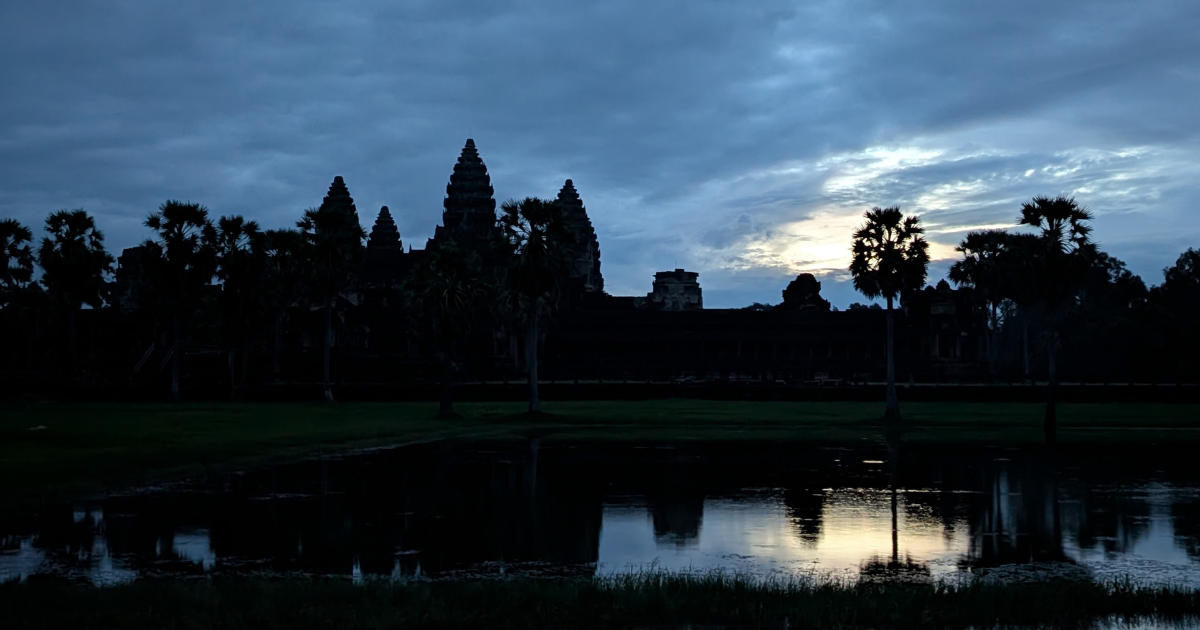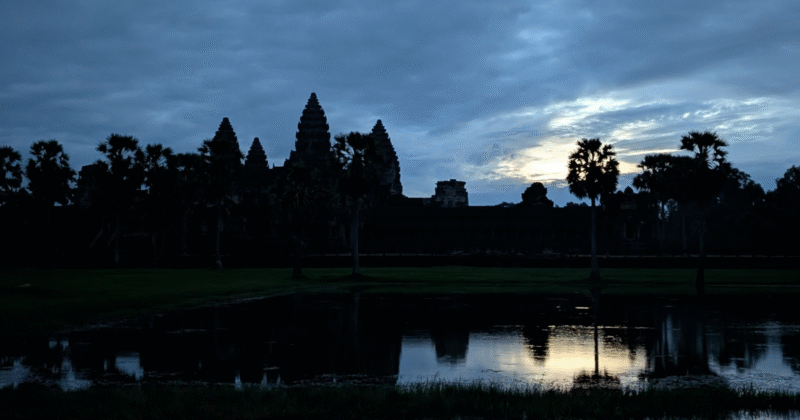
Enchanted by the Smiles of the Khmer
In the last week of October 2025, I travelled to Siem Reap for a 3-night, 5-day trip.
This time of year marks the transition from the rainy season to the dry season — I was slightly worried about weather, but fortunately there was no rain and the climate was pleasantly comfortable. It was truly an ideal season for travel.
Note: This post is not directly about calligraphy. Please enjoy it as a travel diary.
Basic Information on Cambodia (Siem Reap)
🙋🏽What “Khmer” means
The term Khmer refers to the ethnic majority in present-day Cambodia. It also denotes the Khmer language (Cambodia’s official language), and more broadly, the culture and history of Cambodia.
💰Money matters
The local currency is the riel: 1 U.S. dollar ≈ 4,000 riel. That said, in tourist areas, nearly all payments are made in U.S. dollars.
Two bottles of water and a coconut juice (≈1 liter) both cost about 1 U.S. dollar. A Khmer-style massage option ran about U.S. $20.
📝As for souvenirs or convenience-store purchases, prices gave the impression of being roughly similar to those in Japan.
💱Currency exchange & payment methods
Because this was a package tour, the major travel costs were prepaid.
At Narita Airport I exchanged ¥20,000 for US$128. At return we had US$77 remaining — meaning the two of us spent about US$51 on-the-ground cash.
In Cambodia you can use credit cards in the airport or in some stores, but for drinks at restaurants or items at convenience stores I used U.S. dollar bills. All told, our cash expenditure for two was so low that even ¥10,000 would have covered it with change to spare.
🌡️Climate & what to wear
October falls near the end of the rainy season.
In late October the average high is around 30 °C and the low around 24 °C. The daytime feels like summer in Japan: wear summer clothes. But during early morning hours a lightweight outer layer is comfortable.
👄A few Khmer-language phrases
- Hello: Suos dei
- Thank you: Orkun
📝Pronunciation is truly difficult. When I tried my own pronunciation with a translation app, it sometimes came out meaning the opposite of what I intended. That said, for communication with locals the two words taught by our guide were perfectly sufficient. Plus, English worked surprisingly well for general interactions.
Day 1: From Narita to Siem Reap
We departed Narita Airport just after 9 a.m., via transit in Ho Chi Minh City. A severe thunderstorm delayed our connecting flight by about one and a half hours, so we arrived in Siem Reap shortly after 8 p.m. (Cambodia is 2 hours behind Japan).
At Siem Reap Airport our guide Mr. S greeted us with a warm smile. On the drive to our hotel he told us about the region in a gentle and humorous tone — and we quickly felt at ease.
Day 2: Angkor Thom & Tonle Sap Lake — Encountering the Smiles of the Khmer

We began our day with the purchase of the 3-day “Angkor Passport” (photo-ID required) enabling access to the ruins.
Angkor Thom
Rating:
(minus 1 due to ongoing refurbishment at the central temple)
“Angkor” means “capital city,” and “Thom” means “large.”
Built about 800 years ago during the zenith of the Khmer Empire under King Jayavarman VII, Angkor Thom is a fortress-city with a square wall measuring approximately 3 km per side. Within, the central temple is Bayon Temple, along with many smaller ruins.


We began with a gondola ride around the outer moat, dotted with pink water-lilies. We saw local wedding parties and families taking photos at the water-edge.

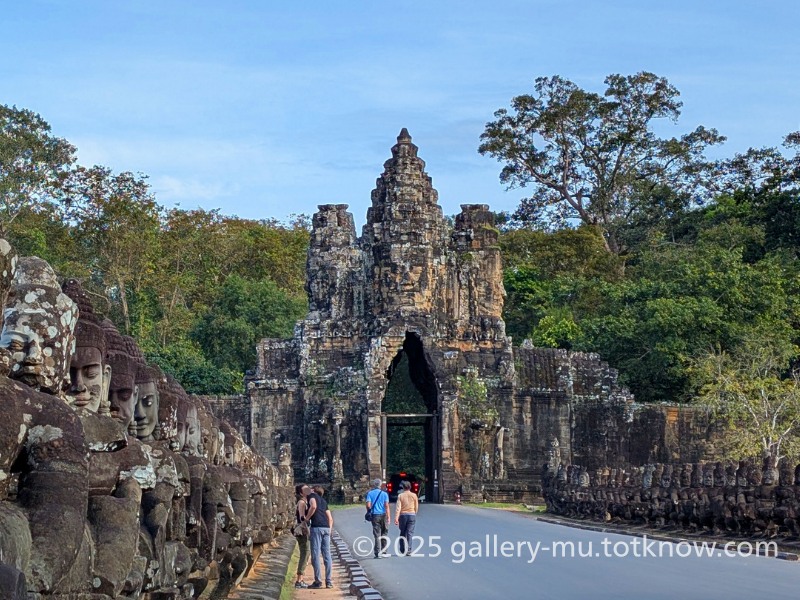
From the gondola we approached the South Gate. A bridge leading in has 54 statues of gods on the left and 54 of demons on the right — each figure holding the mythical serpent-god naga in a tug-of-war. Each face is distinct and full of expression.
The South Gate itself is designed so vehicles can pass underneath.
Bayon Temple

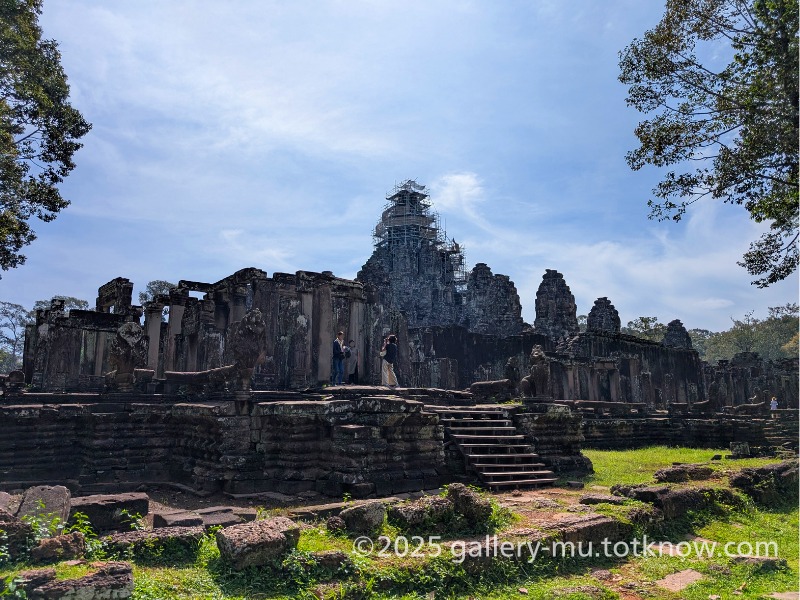
The centrepiece of Angkor Thom, Bayon is famed for its giant four-faced smiling stone towers. Built in the late 12th century as a Buddhist temple.
The first gallery’s bas-reliefs depict everyday life: Khmer soldiers marching against Champa (in present-day Vietnam), scenes of farming, cooking, births, games such as cock-fighting, and even crocodiles devouring the defeated. Unique for a temple, it focuses not just on myth but on common people’s lives.
Because the central sanctuary was under restoration, we could only explore up to the first gallery and missed the famed “Khmer smile” face. A return visit is planned once work is complete.
Baphuon (“Hidden Child”)
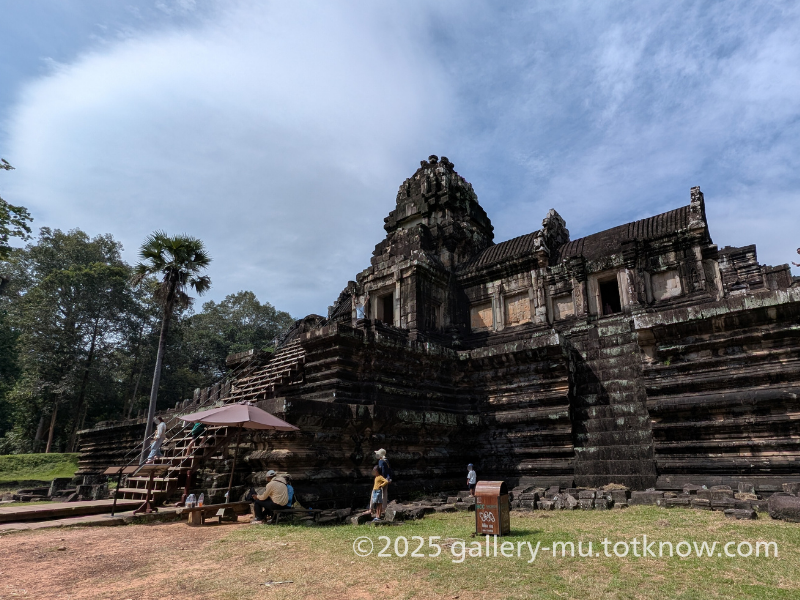
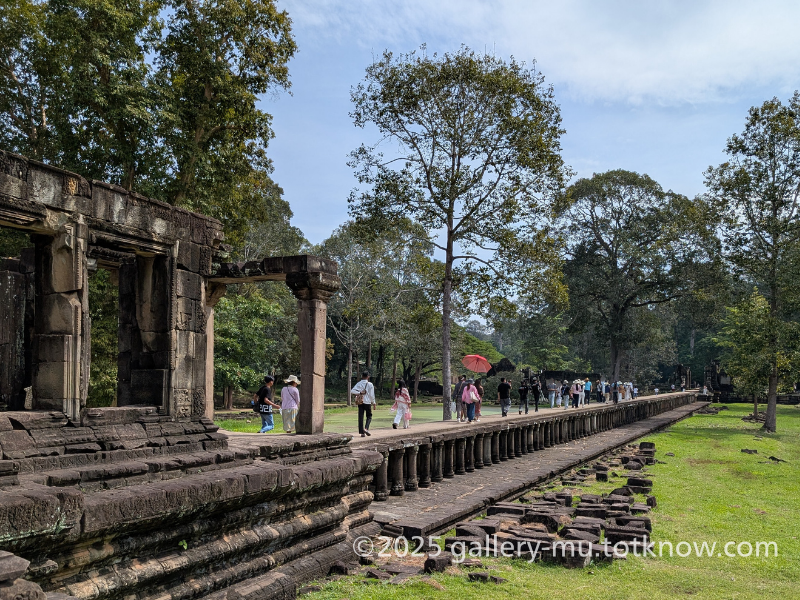
Built mid-11th century, this Hindu temple features a 200-metre elevated walkway (an “air bridge”) reportedly built because a queen hid her child from the revenge-seeking Siamese king. The walkway is sometimes called the “rainbow bridge” linking earth and heaven.
Phimeanakas (“Palace of the Celestial Mansion”)
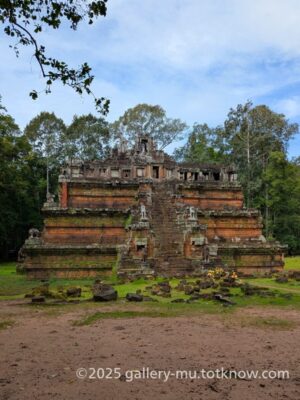
A late-10th century Hindu temple. According to legend, the king met a heavenly serpent-goddess each night here.
Terrace of the Leper King & Terrace of the Elephants

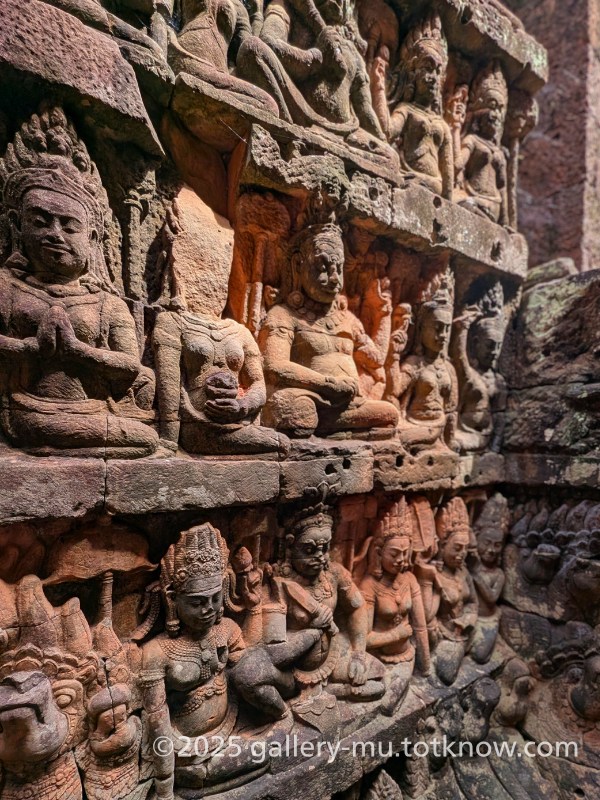
The Terrace of the Leper King is said to be the place where a king afflicted with leprosy was isolated during his lifetime and later enshrined after his death. Behind the statue of the Leper King—around the spot where the two of us were standing—once stood his cremation site.
Despite being ravaged by illness, the statue’s faint, enduring smile seemed to convey both the king’s benevolence and the deep affection his people held for him.
The terrace, about six meters high, is surrounded by a maze-like passageway, its walls covered with countless intricate reliefs.
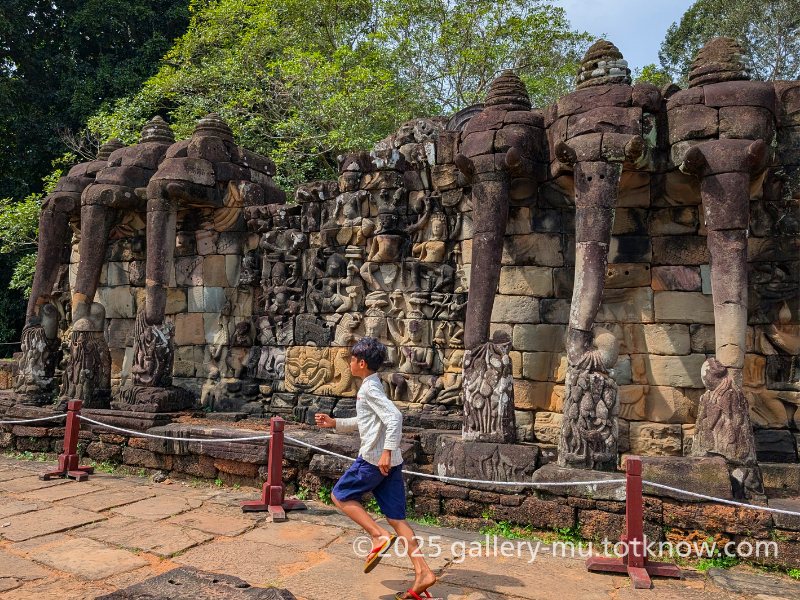

The Terrace of the Elephants was where royalty inspected troops and held victory ceremonies after arriving through the Victory Gate.
Ta Prohm — “Like Laputa”
Rating:
The ruins entwined by the massive tree roots are simply breathtaking!




This 12th-century Buddhist monastery was built by Jayavarman VII for his mother. Massive tree-roots have intertwined with the stone ruins, giving a powerful sense of nature reclaiming human architecture — reminiscent of the floating island in the film Laputa.
We felt awe at how humanity and nature overlapped in this silent but living place.
Tonle Sap Lake Cruise
Rating:
A refreshing break after exploring the ruins, with a pleasant breeze.
A heartwarming encounter with a local boy — truly memorable.
And the graceful Apsara dance performance — an absolute must-see!


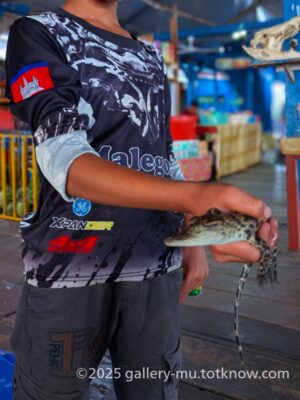
After the morning of ruins we relaxed by the huge lake. We saw floating-villages and, most memorably, a 10-year-old boy who helped guide the boat and showed us a young crocodile, even let us shake its back! At the end, when I made eye-contact and said “Orkun,” his shining smile said everything.

That evening, we enjoyed a Khmer-style buffet and watched a court-dance performance of the celestial Apsara — graceful, silent, unforgettable.
Day 3: Angkor Wat — Flowing Through Time
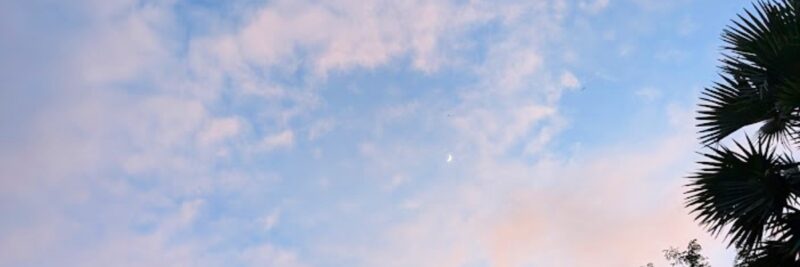
Sunrise at Angkor Wat
Rating:
(minus 1 because we missed the full sunrise)



We set out at 5 a.m. to West Causeway of Angkor Wat. As dawn broke, the massive temple emerged from the mist and reflected on the water — a moment of profound stillness shared with tourists from around the world.
Angkor National Museum
Rating:
(minus 1 because the diorama lights were not always on)

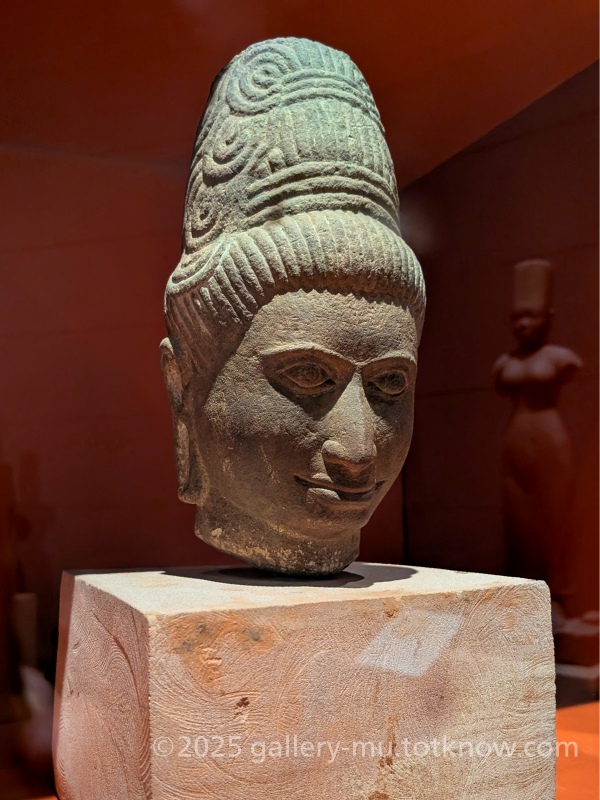
The museum offers audio tours and exhibits, including small- to medium-sized silver and brass Buddha statues, many being cast works (rather than stone). A guide joked that some of the thick-lipped Khmer statues resembled the Japanese actress Kyō Machiko.
Many exhibits are displayed without glass cases, allowing you to feel the texture of the objects close-up.
The diorama of Angkor Wat is excellent — but its lighting was not continuously on, hence the slight deduction.
Market & Shopping
Rating:
(minus 1 because the market may be too intense for some)
Old Market


At the bustling Old Market locals shop among stacks of fruit, clothes, dried fish and meat. We also saw luxury cars like Lexus and Mercedes mixing with tuk-tuks and motorcycles—a bizarre contrast. (Our guide chuckled, “Only officials who receive bribes ride those.”)
For souvenirs we visited “Cambodia Tea Time,” a shop run by a Japanese owner, selling the local snack nom tom moon. We also bought cashews and dried mango coated in bitter chocolate—delicious.
Khmer Lunch



We enjoyed a light lunch: green papaya salad, non-spicy grilled chicken, sweet-and-sour pork served in crisp rice-paper cups. It was unfamiliar yet somehow reminiscent, light and easy to eat.
Angkor Wat Revisited
Rating:

“Angkor” is “capital,” “Wat” means “temple.” Built by King Suryavarman II in the early 12th century as a Hindu temple, it features three galleries.
First Gallery (outermost)
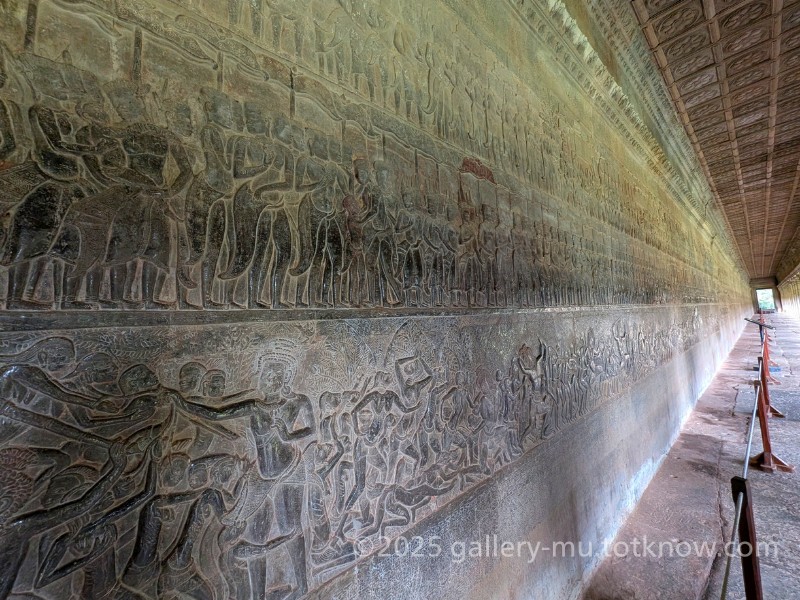
contains massive bas-reliefs of Hindu epics like the Mahabharata and Ramayana.
Cruciform Corridor
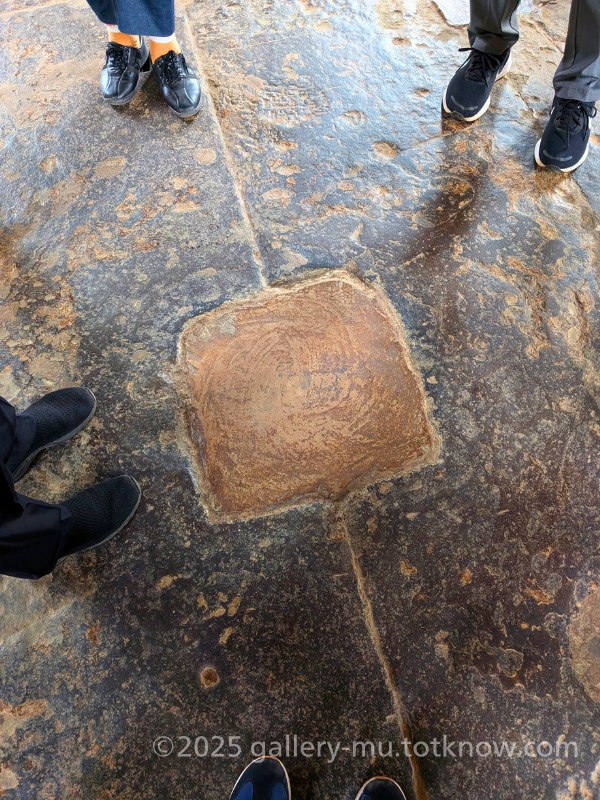

A Japanese visitor in 1632 mistakenly believed it to be the “Gion Shōja” (a Buddhist hall in Japan).
There’s also a spot where a deep “bo-wan” echo resounds when you tap your chest — they say a clear sound means you’re in good health.
Second Gallery


outer walls show beautifully dressed female deities (devatas). Interestingly, both male and female figures here are topless—unusual and striking.
Third Gallery



contains the highest central sanctuary (65 m). Inside there is a Buddha statue surrounded by devatas; incense and offerings are still made today. A golden disc was discovered here during excavation — a view once reserved for kings is now accessible to everyone.



At dusk we returned to the outer terrace and watched the sun set behind the towers — another unforgettable moment. Morning light, evening glow, nature and man-made archaeology: the richness of it all filled us with gratitude.
We ended the day with French cuisine and a Khmer-style massage.
Day 4: Meeting the “Mona Lisa of the East”
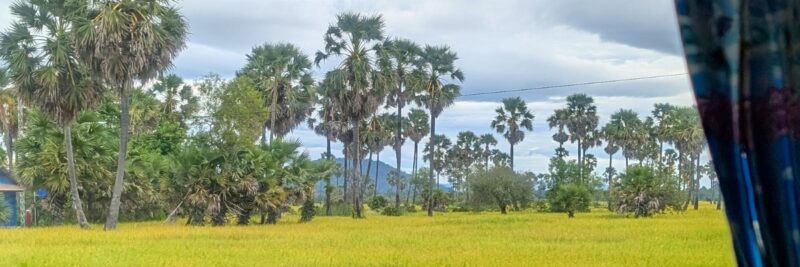
We set off at 8 a.m., bused about 40–50 minutes northeast from Angkor Wat.
On the rural road we passed white cows, water-buffalo on river banks, free-roaming dogs and chickens—a peaceful scene of countryside life.
The unpaved, mud-caked asphalt felt like a rodeo ride as our driver cautiously navigated the bumps. Rain threatened briefly, but stopped as we reached the site. These ruins were almost empty of tourists; we had them nearly to ourselves.
Banteay Srei — Facing the “Mona Lisa of the East”
Rating:



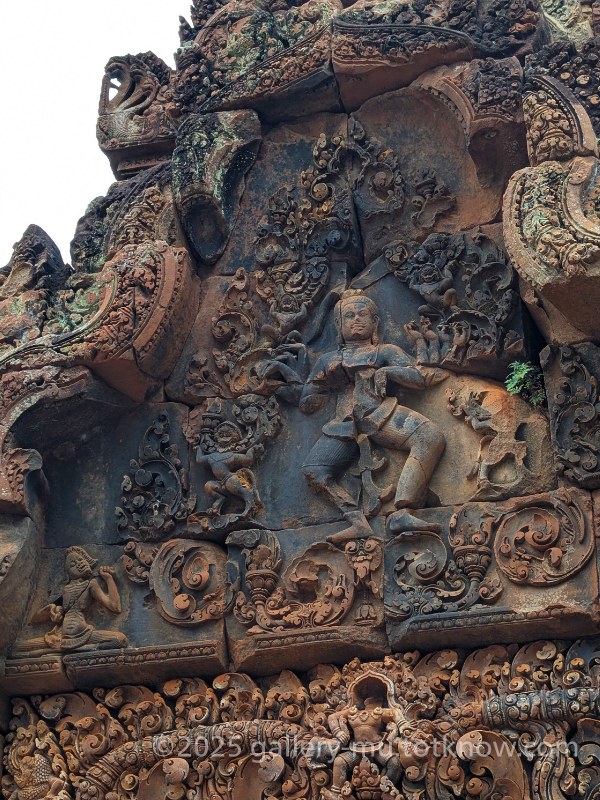
A princess, lamenting the conflicts caused by her own beauty, begs the god Shiva — the deity of destruction — to make her ugly and end the strife.
She is shown seated in the lower left corner, her body withered and frail.
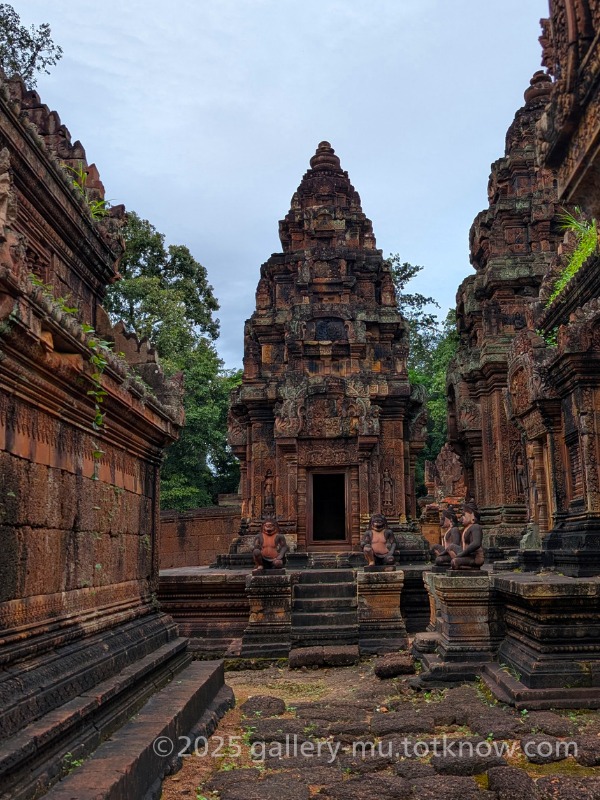

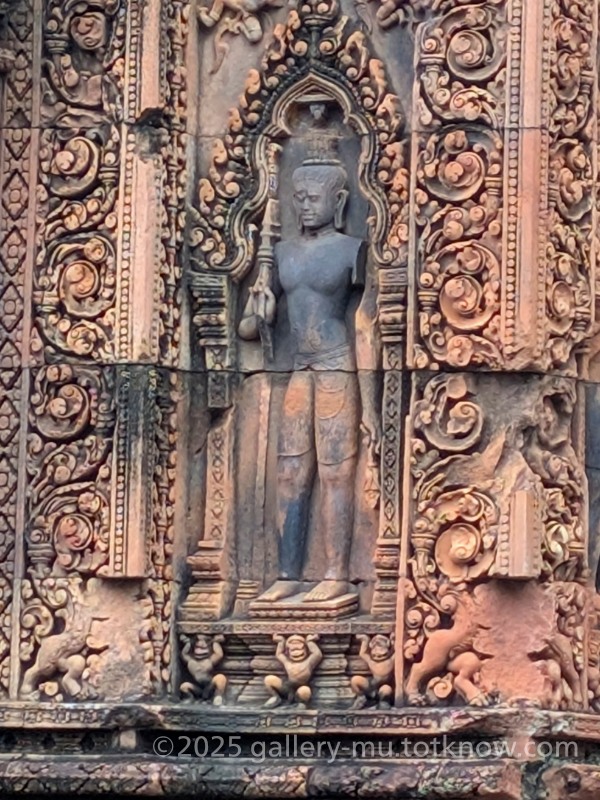
“Banteay” means “fortress,” “Srei” means “woman.”
This 9th-century Hindu temple, built by a high-ranking official, is remarkably small yet breathtakingly detailed. The rust-red stone glows after rain, creating a vivid impression. At the entrance stands the famous “Mona Lisa of the East” — a devata figure of delicate beauty.
Because ropes keep visitors at a distance from the carvings, bringing binoculars is highly recommended.
Roluos Group (earlier ruins)
Rating:
(minus 2 — interesting but somewhat repetitive)
Located about 20 km southeast of central Angkor, these 9th-century ruins preceded Angkor Wat.
Lolei


A brick temple considered a forerunner to Angkor Wat.
Preah Ko (“Sacred Bull”)
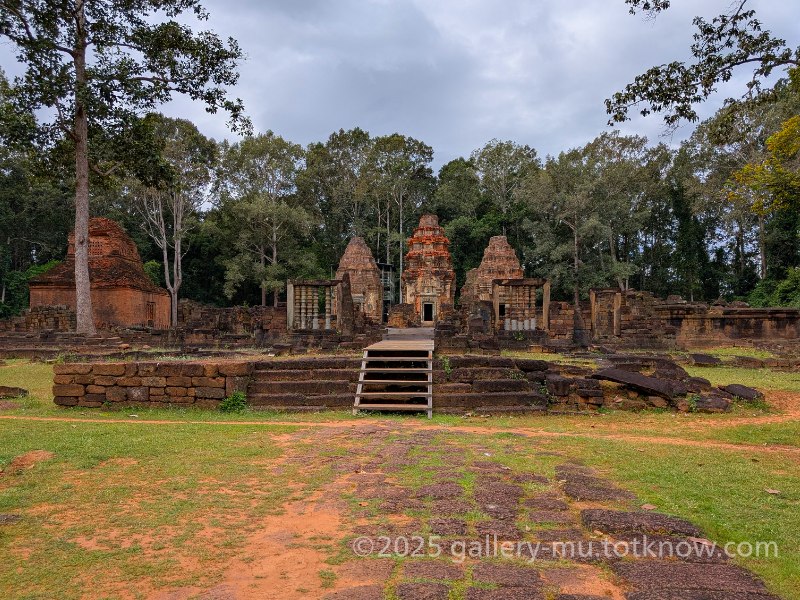

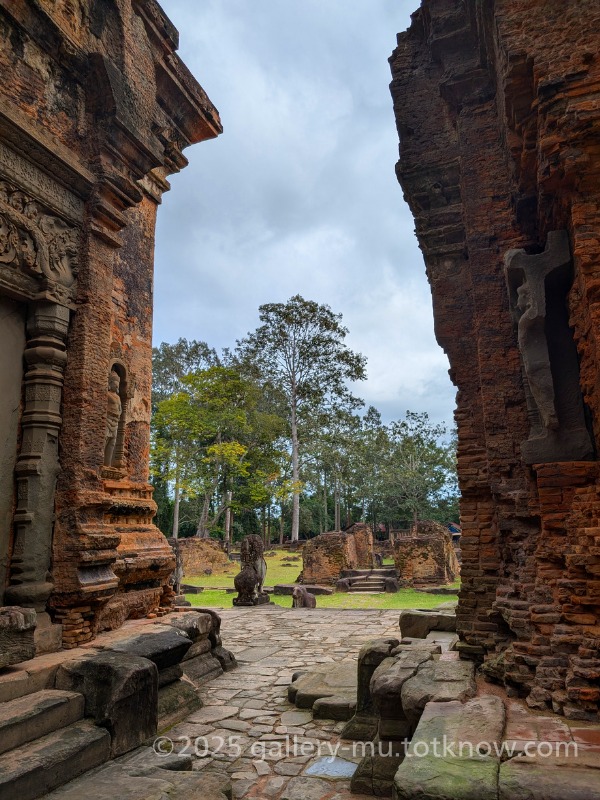
Here three statues of Nandi bulls stand. Built by King Indravarman I to honour his ancestors.
Walking between the small shrines I felt an inexplicable chill—though not superstitious, I sensed some presence. A cremation structure lies beside the complex.
Bakong



The largest of the group, a pyramid-style temple later restored by Suryavarman II. Elephant statues, a framed view of the central sanctuary, and a bas-relief of six asuras battling gods are among the highlights.
On the Way Home
In the late afternoon we headed to Siem Reap Airport. In Ho Chi Minh City we had another bowl of pho before boarding the midnight flight. We arrived at Narita at 8:30 a.m. the next morning. My brand-new suitcase had a small hole in a caster — a small souvenir perhaps of an adventurous trip.
✈ Travelling Reflections
The Angkor ruins were not just ancient stone monuments but places where prayer and time overlapped.
Ruins standing beside nature, gentle smiles of the Khmer people, a sense of Khmer aesthetic.
What stayed with me was their calm strength — and above all, the warmth and smiles of the people.
Similarities between the Angkor ruins and the Maya ruins
From early on I had wondered in my guide-book: the Angkor ruins and the Maya sites bear striking resemblances. Carvings of human figures, side-profiles of faces, even architectural layouts are very similar. The pyramid-style temple of Phimeanakas resembles the Maya site of Chichén Itzá. Interestingly, the construction dates are also close: the early Bakong from the late 9th century, and Chichén Itzá’s great pyramid likewise from the 9th century. Though they lie across the Pacific, in similar latitudes, the emergence of similar styles is fascinating.
Differences in sensibility between Japanese culture and Khmer culture
Japanese culture treasures emptiness and space, while Khmer culture seems to fear emptiness. This contrast was endlessly fascinating. At every site we visited, carvings filled every surface—stories and mythologies engraved in every inch of stone. In contrast, Japanese aesthetics often value “what is left un-made” or silence as a space for the imagination.
A people who carve into stone, and a people who leave space on paper: contemplating the dense Khmer carvings reminded me anew of the Japanese aesthetic of ma (the beauty of the interval).

